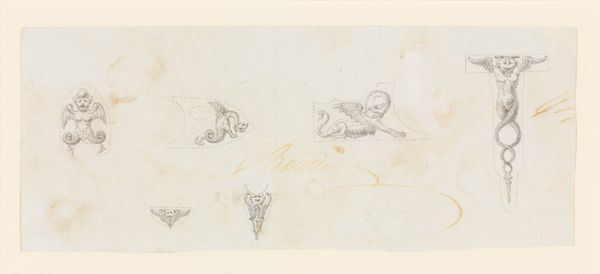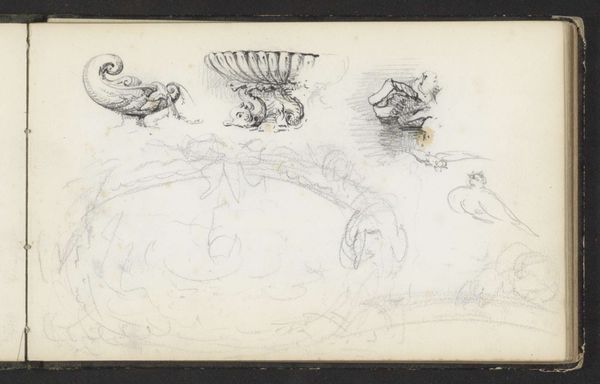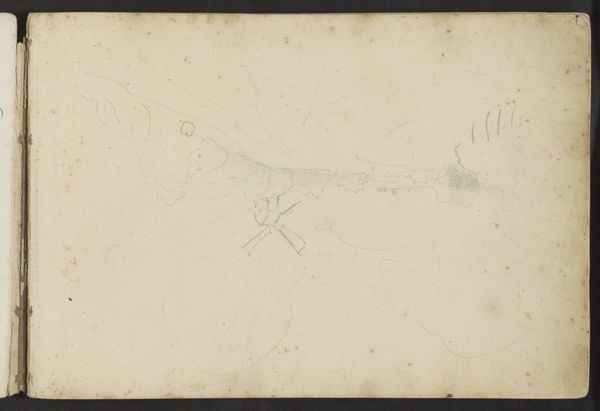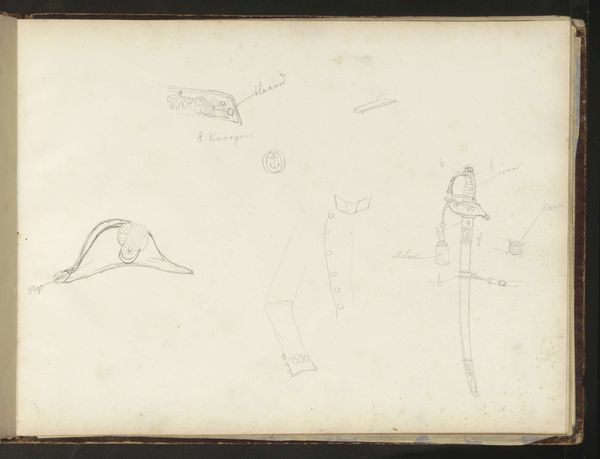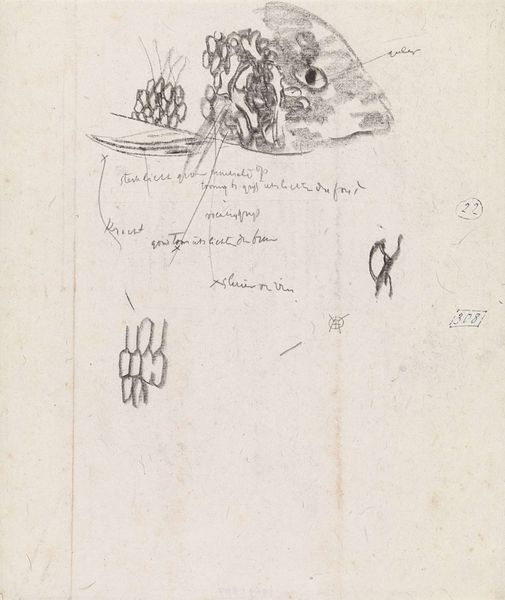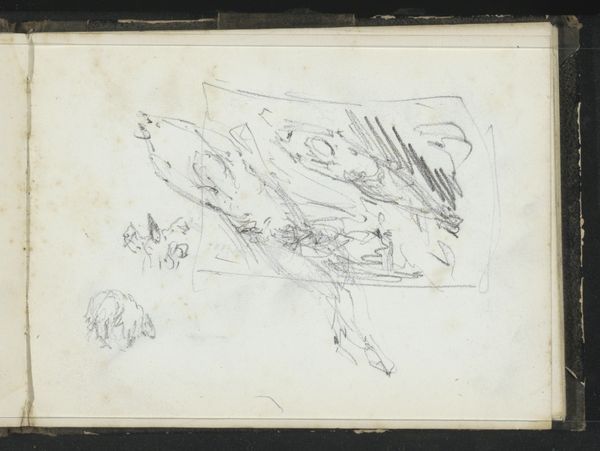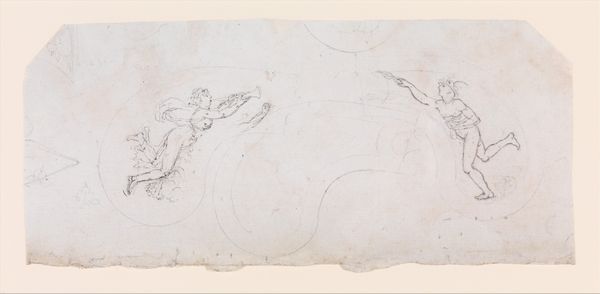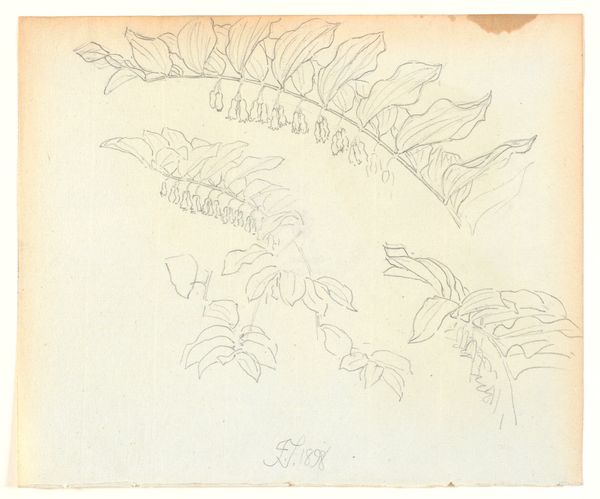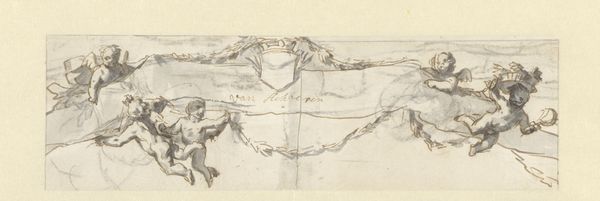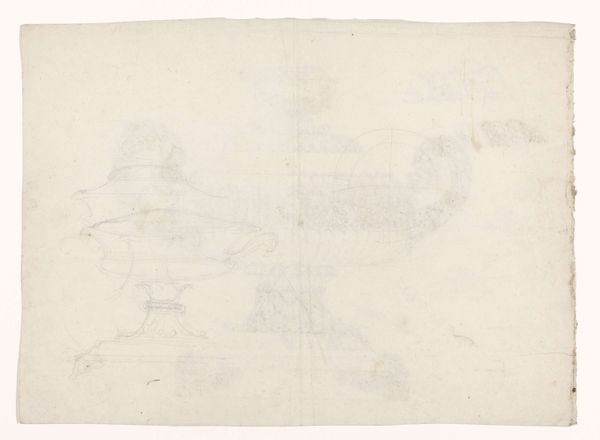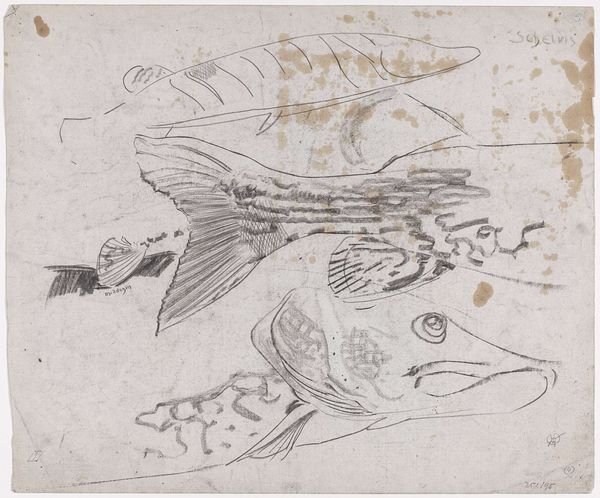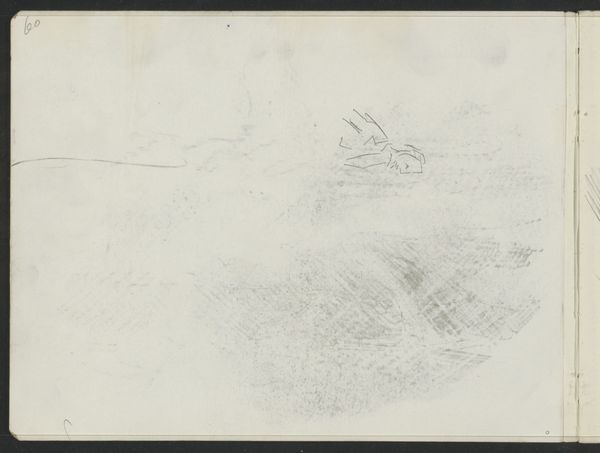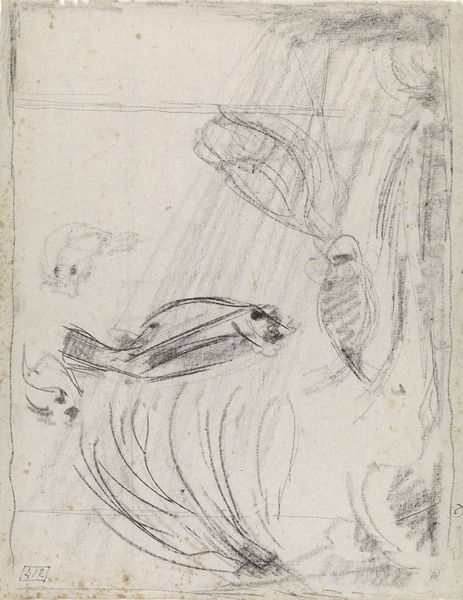
Specimens of Penmanship after Jan van de Velde and other Calligraphy Books 1615 - 1625
0:00
0:00
drawing, print, paper, ink, pen
#
portrait
#
drawing
# print
#
mannerism
#
paper
#
11_renaissance
#
ink
#
pen
#
genre-painting
#
calligraphy
Dimensions: Overall: 9 1/4 x 13 9/16 x 1 in. (23.5 x 34.5 x 2.5 cm)
Copyright: Public Domain
Conrad Baumann made this penmanship specimen in the 17th century after examples in calligraphy books, including those by Jan van de Velde. The image captures the artistry and discipline of handwriting at a time when elegant script was highly valued. Calligraphy in 17th-century Europe was more than just a skill; it was a mark of education, social status, and professional competence. In countries like the Netherlands and Germany, where Baumann worked, calligraphy was essential for legal documents, official correspondence, and even personal letters. The elaborate flourishes and precise letterforms seen here reflect a culture that prized order and beauty in equal measure. Moreover, the practice was institutionalized through guilds and academies, shaping the standards and techniques that calligraphers like Baumann would have mastered. Historians study these works alongside manuals, guild records, and social histories to understand the cultural significance of handwriting. By exploring these resources, we can appreciate how penmanship was not merely a craft, but a reflection of the social and institutional values of its time.
Comments
No comments
Be the first to comment and join the conversation on the ultimate creative platform.
